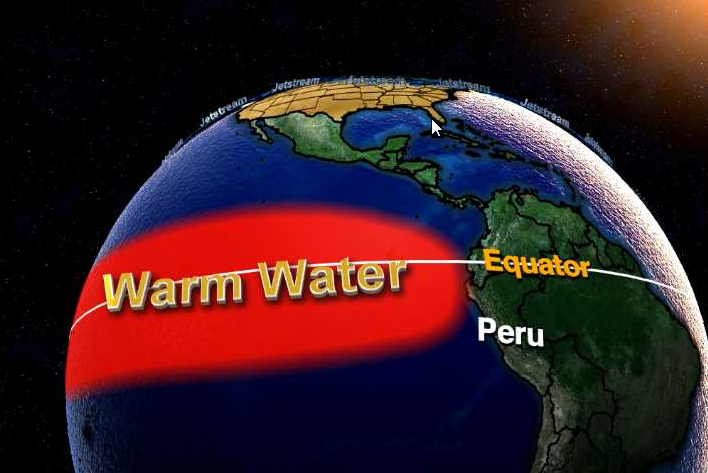The El Niño Southern Oscillation (ENSO) has influenced Latin America significantly since September, with potential economic repercussions for the region.
ENSO induces rainfall in areas like South America and the Horn of Africa while causing droughts in places like Australia, Indonesia, and Central America.
These shifts in climate patterns result in socioeconomic consequences.
Science reports that El Niño events diminish the economic growth of affected countries. Historical events from 1982–83 and 1997–98 led to trillions in global revenue losses.
Projected consistent emissions scenarios hint at possible economic losses reaching US$84 trillion in the 21st century.
In Latin America, the primary sectors affected by El Niño are agriculture and mining. There are delays in infrastructure development and fluctuations in electricity prices.

The impacts manifest differently across regions: Brazil, Colombia, and Central America experience droughts, while countries like Ecuador and Peru receive heavy rainfall.
In Brazil, the soybean and safrinha maize planting may suffer from insufficient rains.
Colombia’s coffee and sugarcane sectors might see gains, but dairy production could be jeopardized.
Peru is bracing for heavy rainfall and shifts in fisheries. Ecuador anticipates extraordinary rains, while Chile faces flooding and health challenges.
Latin American governments need to be proactive, considering the potential increase in diseases like dengue and malnutrition due to drought and heat.
Food security is becoming a pressing issue, with rising prices and nutritional challenges in various countries.
For instance, Guatemala sees alarming rates of child malnutrition, and Haiti reports a surge in severe acute malnutrition.
In conclusion, the El Niño Southern Oscillation is expected to profoundly affect Latin America in areas like agriculture, economy, food security, and public health.

